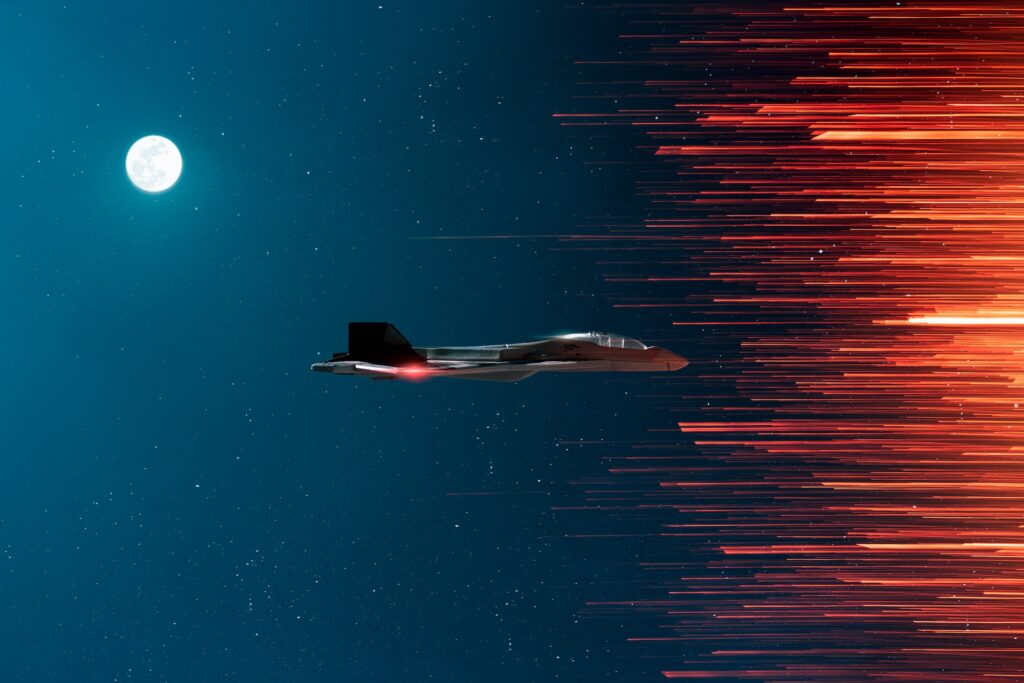Remember in “Harry Potter and the Chamber of Secrets,” where Harry and Ron steal Mr. Weasley’s enchanted flying Ford Anglia car to get to Hogwarts after missing the train? They fly the car above the streets of London, weaving in and out of traffic, narrowly avoiding collisions with other vehicles. The car eventually loses power and crashes into the Whomping Willow…and we won’t spoil the rest of the movie just in case you haven’t seen it yet.
Flying cars have long captured the imagination of filmmakers and moviegoers alike. Pretty soon, we may not have to visit the Wizarding world to see one, as tech development on electric vertical take-off and landing (eVTOL) vehicles is making that possibility a reality. eVTOLs, also known as flying cars, are sleek electric aircraft that can take off and land vertically, enabling them to navigate through urban areas and bypass congested ground-level traffic. They are designed in different sizes to fit one or more passengers and even some cargo. eVTOLs are also more environmentally friendly and cost-effective than conventional helicopters and have the potential to operate autonomously.
In this article, we will explore five of the most innovative eVTOLs currently in development and their potential impact on the future of transportation.
Lilium Jet
Lilium, a German aerospace corporation, introduced its eVTOL aircraft called Jet in March 2021. It can transport up to seven passengers, travels at a top speed of 175 mph, and has a range of over 155 miles, making it an environmentally friendly, high-speed regional transportation option. The Jet’s vertical take-off and landing capabilities are virtually silent, and it can access more landing sites, providing a denser network without the need for costly ground infrastructure.
Lilium’s Jet boasts a sturdy, high-performance carbon fiber composite airframe, employs an automotive-style manufacturing process, features Honeywell’s next-generation integrated UAM avionics system, and uses a ducted electric vectored thrust propulsion system. The fixed-wing design of the aircraft features embedded distributed propulsion, resulting in superior aerodynamic efficiency and the ability to reach a maximum altitude of 10,000 ft.
The company intends to launch the Jet for commercial use in 2024.
Manta ANN
Switzerland’s Manta Aircraft is transforming the aviation industry with its innovative hybrid aircraft. The ANN series, which includes both multi-seat and drone versions, is constructed from carbon composite materials and uses hybrid propulsion technology to achieve impressive endurance and range statistics.
The ANN models feature a combination of airplane and helicopter features, including vertical takeoff and landing capabilities, and are optimized for maneuverability. They offer a range of 186 to 559 miles and a maximum cruising speed of 186 mph. The aircraft’s battery pack can be recharged while in transit, enabling short turnaround times and high dispatch readiness.
Manta’s aircraft are available in two versions. The ANN2 has two seats and is designed for personal transportation, law enforcement, and emergency medical services. The larger ANN4 has four seats and is aimed at business applications such as commercial air taxis and cargo delivery.
Volocopter VoloRegion
Volocopter, a company founded in Germany in 2011, specializes in creating eVTOL aircraft for efficient urban transportation. Volocopter’s multi-copter achieved the distinction of flying the first manned multi-copter in 2011. In May 2022, the company completed the first flight of its long-range eVTOL aircraft, the VoloRegion.
The VoloRegion can carry up to four passengers and has a cruising speed of 110 mph, a range of 60 miles, and can carry a payload of between 660 to 880 pounds. The aircraft features six VTOL propellers, two ducted fans for forward flight, multiple redundant systems for increased safety, and battery-swapping capability.
Volocopter is anticipating certification and deployment for its autonomous version for passenger and cargo service by 2026.
SkyDrive SD-XX
SkyDrive, a startup based in Japan, has teamed up with Suzuki to develop and launch their flying car prototype as a commercial air taxi by 2025. The SD-XX is slated to be revealed at the 2025 World Exposition in Osaka, Japan, and features a compact design that enables vertical takeoff and landing in various locations, with the added convenience of being able to drive away after landing.
Equipped with eight propellers, the two-seater SD-XX boasts a top speed of 62 mph and a range of 12 miles while flying up to 1,640 feet above the ground. By reducing the cruising speed to 37 mph, the vehicle’s range can be extended to 20 miles, making it a versatile and practical mode of transportation for short distances.
Archer Maker
Archer Aviation, an aircraft manufacturer based in California, has developed the Maker eVTOL aircraft. It has an elegant design with gull-wing doors, has 12 electric motors that can attain speeds up to 150 mph, and cover distances up to 60 miles on a single charge.
Archer is currently testing the Maker eVTOL and plans to deploy the aircraft as part of a ride-sharing service by late 2024. The success of the flight testing program is crucial in validating its 12-tilt-6 propeller configuration, which involves tilting the propellers forward to provide forward propulsion after takeoff. The company also uses this configuration on its Midnight electric aircraft, which is currently undergoing development to meet Federal Aviation Administration standards.
Changing the Air Transportation Industry
These are just a few examples of cutting-edge eVTOLs that are changing the future of urban air travel. With their quiet, electric propulsion systems, ability to take off and land vertically, and potential for automation, eVTOLs have the potential to completely change the dynamic of the transportation industry. As technology advances and more companies invest in its development, we can expect to see more exciting innovations in the years to come.
